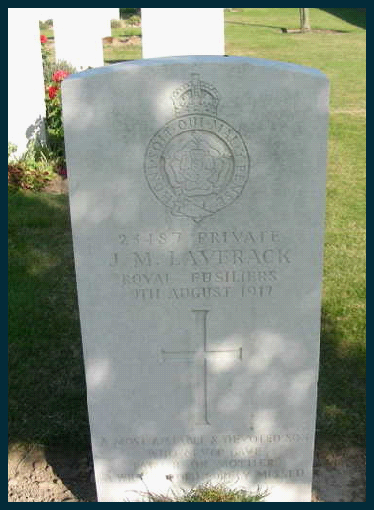Copyright © All rights reserved.



John Messina Laverack

He left just over £100 to his brother Clyve Cordukes Laverack, who was running the family shop at Butcher Corner, Malton.
John Messina Laverack is commemorated on the War Memorial in the Methodist Church in Saville Street and was also named on the original Barclays bank Memorial in Lombard Street in the City of London.
(After the War, Barclays erected memorial panels in the banking hall at Head Office at 54 Lombard Street. The panels were headed “In honoured memory of the members of Barclays Bank Limited who gave their lives for King and country during the war A. D. 1914-
John Messina Laverack was born in the last quarter of 1883 in the Malton area and was the third son of William Henry and Lucy (nee Cordukes) Laverack. Lucy and William were married in York on 19th June 1875.
By 1881 they had moved to Malton and taken on the established family chemist’s business of William Horsley (who had died at the age of 80 in 1875) at Butcher Corner in Malton and were clearly doing well. It was a large household – along with their three small children and their nursemaid, there were also Lucy’s unmarried sister, a shop assistant and an apprentice as well as a general servant.
1881 Census -
William H. Laverack, Head, Married, Male, 31, Chemist and Druggist Master, Newsholme, Yorkshire.
Lucy Lavarack, Wife, Married, Female, 26, -
Clyve C. Laverack, Son, Single, Male, 4, -
Ernest W. Laverack, Son, Single, Male, 3, -
Evalyn Laverack, Daughter, Single, Female, 3 months, -
Emily Cordukes, Sister In Law, Single, Female, 18, -
Charles F. Forshaw, Boarder, Single, Male, 18, Chemist and Druggist Assistant, Bilston, Staffordshire.
Charles M. Snow, Boarder, Single, Male, 18, Chemist and Druggist Apprentice, Malton, Yorkshire
Charlotte Carley, Servant, Single, Female, 20, General Domestic Servant, North Dalton, Yorkshire
Annie Armstrong, Servant, Single, Female, 11, Nurse Dom Serv, Huttons Ambo, Yorkshire

John Messina was born in the last quarter of 1883. Why they gave him the name Messina is something of a mystery. It is not a common name, and very rare as a boy’s name – possibly it reflects an interest in things Italian.
By 1891 things were largely unchanged. There were now three children younger than John and his older brother Clyve was now apprenticed to his father.
1891 Census -
William H. Laverack, Head, Married, Male, 42, Chemist & Druggist, Newsholme, Yorkshire
Lucy Laverack, Wife, Married, Female, 36, -
Clyve C. Laverack, Son, Single, Male, 14, Chemists Apprentice, Yorkshire
Ernest W. Laverack, Son, Single, Male, 13, Scholar, Yorkshire
Evelyn M. Laverack, Daughter, -
John M. Laverack, Son, -
Vincent H. Laverack, Son, -
Lilian V. Laverack, Daughter, -
Percy G. Laverack, Son, -
Annie E. Burnett, Servant, Single, Female, 16, Domestic Servant, Great Barugh, Yorkshire
Emaline M. Dale, Servant, Single, Female, 14, Domestic Servant Nurse, Yorkshire
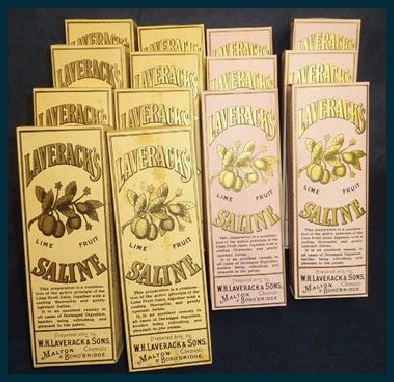
In 1897 Lucy died at the age of 42 and by the third quarter of the following year William had remarried; he married Amy Wood in Pontefract. By 1901 he had moved to The Mount along with Amy and the three youngest children. Clyve had married and moved to Great Ouseburn where he had a Chemist’s shop, but John seems to have evaded the census altogether!
1901 Census -
William Hy Laverack, Head, Married, Male, 52, Chemist & Druggist, Yorkshire,
Amy Laverack, Wife, Married, Female, 44, -
Vincent Hy Laverack, Son, Single, Male, 15, -
Percy Gordon Laverack, Son, -
Annie Monkman, Servant, Single, Female, 35, General Servant (Domestic), Yorkshire
By 1911 John had moved to Hull.
1911 Census -
Thomas William Stamp, Boarder, Single, Male, Bank Clerk, 35, Goxhill Linc
John Messina Laverock, Boarder, Single, Male, Bank Clerk, 27, Yorks Malton
Clyve had by then returned to Malton and was living on Broughton Rise with his wife and four children,and was presumably now running the Chemist’s business as William seems to have retired and taken on life as a farmer at Knapton Grange.
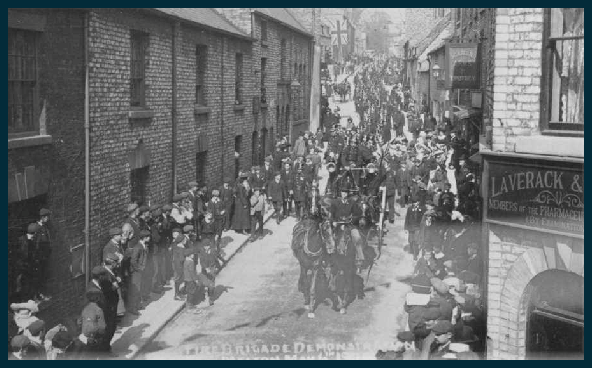
John was working for Barclay’s Bank as a clerk when war broke out and he remained working there until he joined the 9th Battalion of the Royal Fusiliers in 1916. A register entitled “Barclay & Company Limited – Staff on Active Service” of 1917 includes, in the section for Hull local head office, the name J M Laverack, with branch given as Hull. An annotation records him as having been killed in action. The register contains no other information about him.
He seems to have left England on 10th October 1916 and finally reached his battalion on the evening of 17th as part of a draft of 29 men while the Battalion was at Camp in Bernafay Wood on the Somme in a short-
The following day the offensive resumed at 3.40 a.m. and the newly arrived men found themselves coming under shellfire at 7.00 a.m. which destroyed several of the bivouacs. The battalion provided labour for 178 Tunneling Company of the Royal Engineers, while others were deployed clearing road obstructions and burying dead horses.
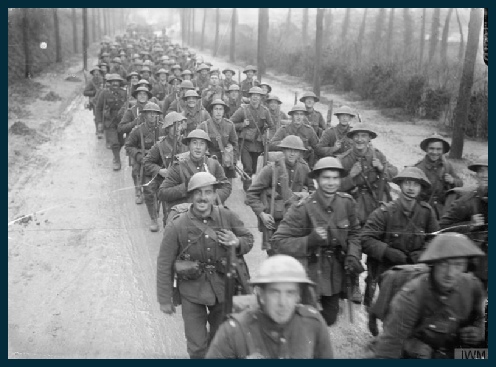
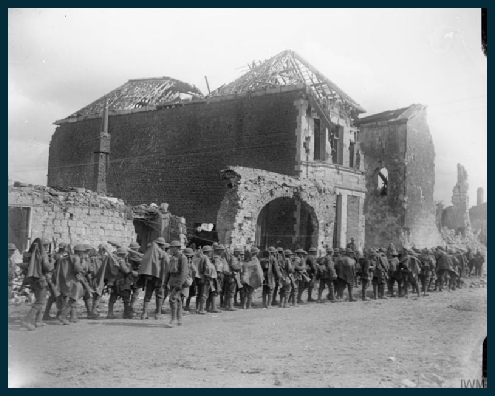
The next few days were spent on the march and by 27th October they went into trenches at Agny just south of Arras. This was a largely uneventful week, though on the night of 31st October the weather broke and torrential rain caused the collapse of many of the trenches. They were relieved on 1st November and moved into Billets and dugouts in Agny, spending the next few days working on the Agny defences before returning to the sodden and collapsing trenches the next week. There was little hostile action this week beyond some gunfire and the occasional over-
Later in November there was far more activity as both sides continued to dig saps and lay wire in No-
On 1st January they were marched to Houvineul near Frevent where they spent the month training before being posted to Arras at the beginning of February. The weather was freezing and when it thawed at the end of the month, the trenches again collapsed and all available men were employed in clearing and repairing them. The end of the month was marked by a successful raid on enemy trenches during which a number of prisoners were taken.
The weather broke in April It was cold and on the 2nd it began to snow. By the end of the day the snow lay an inch thick in Arras. Numerous troops had been moved up to this part of the line and found easy accommodation in the cellars which were dark and damp but reasonably comfortable when stoves were used.
During the late hours of 8 April and early morning of 9 April the men of the leading and supporting wave of the attack were moved into their forward assembly positions. Zero was 5.30 a.m. on Easter Monday, April 9th. The weather was cold and later changed to sleet and snow. Although physically discomforting for everyone, the north-
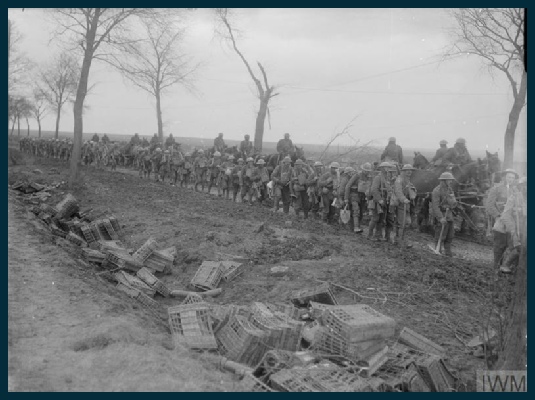
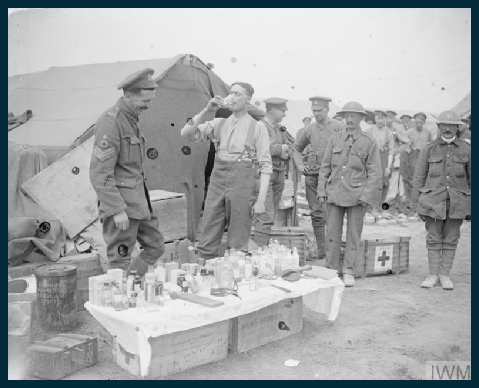
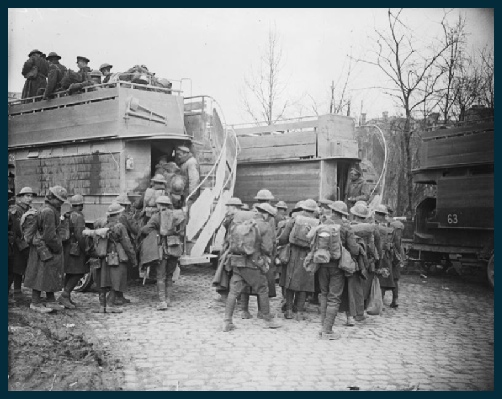
The 9th battalion was at the northern end of the battle front just above the Arras-
On May 3rd another attack was launched involving the 9th Battalion, just south of the Scarpe. Together with the 8th Battalion the 900 men were supposed to capture about 7 miles of enemy territory about a mile away. Sarting off from a trench partly held by German forces they reached their first objective Scabbard Trench. However they came under a bombing attack along the river and friendly fire from the British artillery. This left their advance party cut off and captured. Amazingly they escaped as their captors fled from British machine-
On 16th May they were moved to billets in Gouves where they spent the rest of the month and much of June re-
The battalion returned to the trenches near Arras on 20th June and the time seems to have been spent largely uneventfully, engaged in maintaining and repairing the trenches which had suffered in their absence from three unsuccessful counter-
August 1st saw them moved to trenches just north of the Cambrai Road and things continued to be relatively uneventful until a bombardment and raid of the German lines was carried out on 9th August. While the raid was thoroughly successful and most of teh German posts on this section of front line were destroyed, the supporting heavy British artillery fire fell well short of the German line and successfully annihilated the Battalion’s front line.
It was presumably as a result of this debacle that John died of wounds that day. He was recorded as aged 37 at the time of his death, though actually he was 35, and was buried in Monchy British Cemetery at Monchy-
